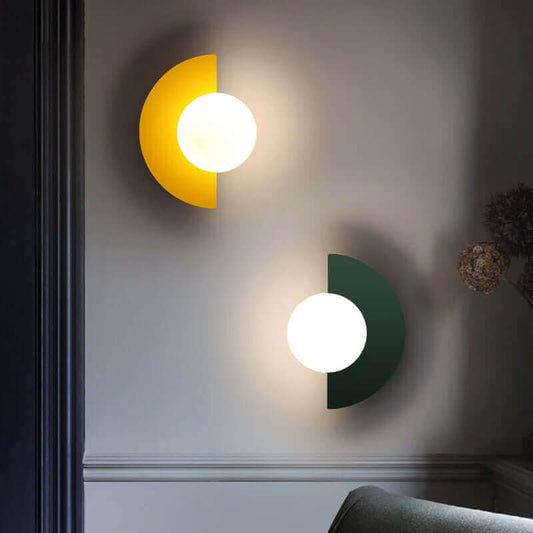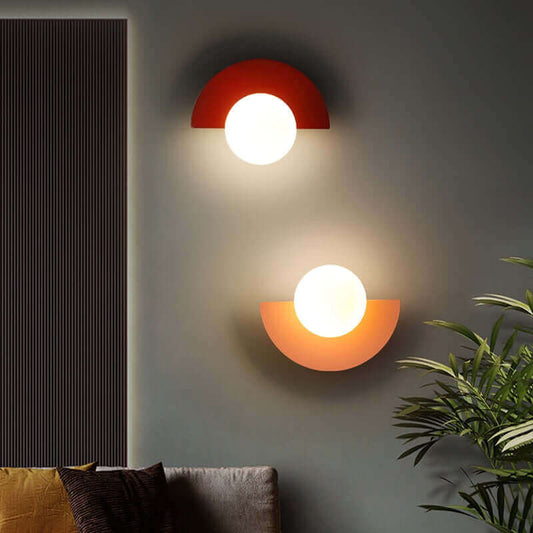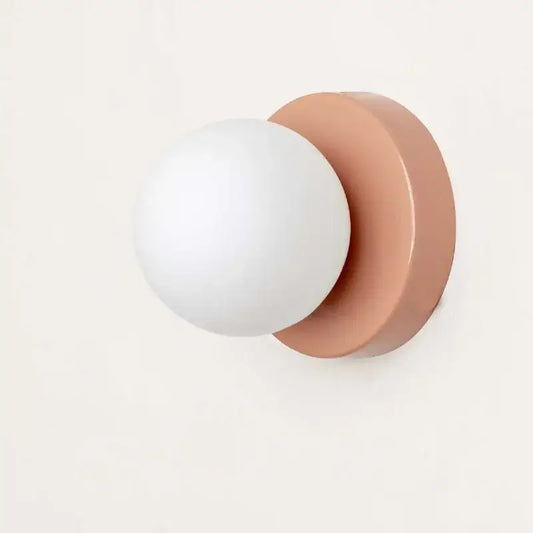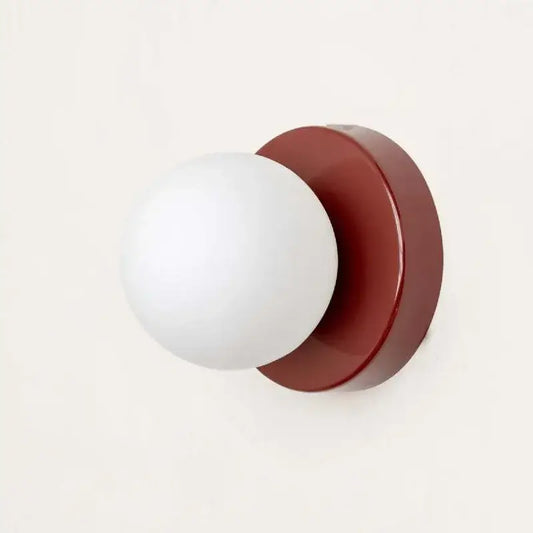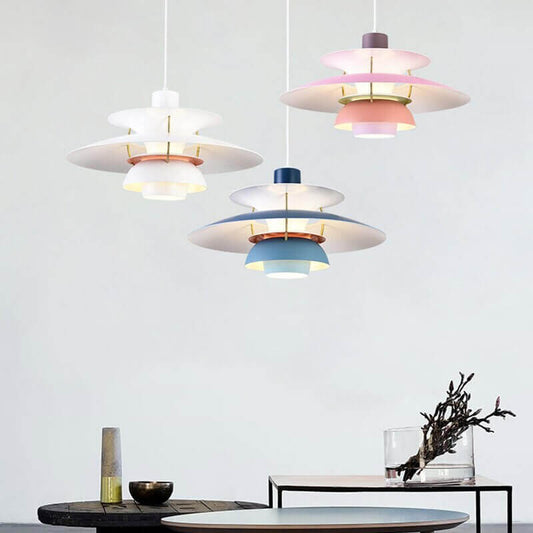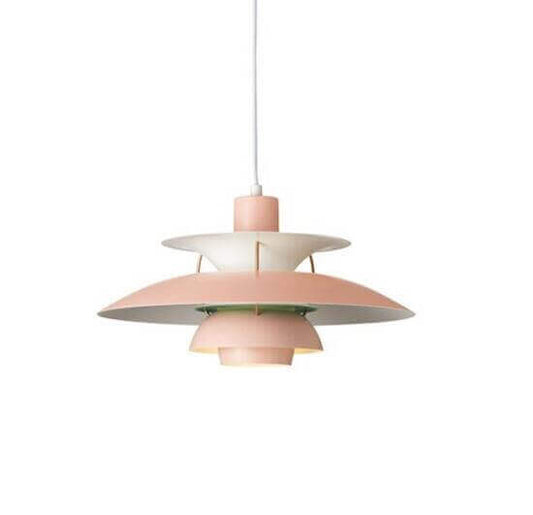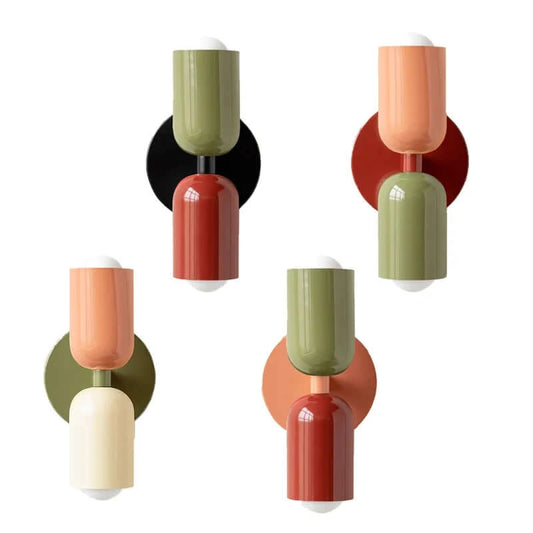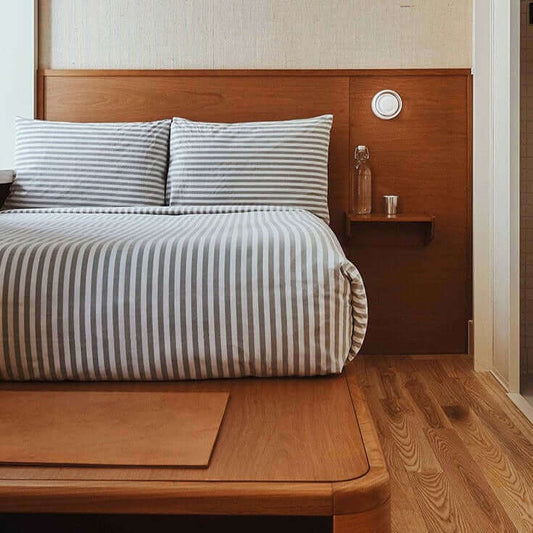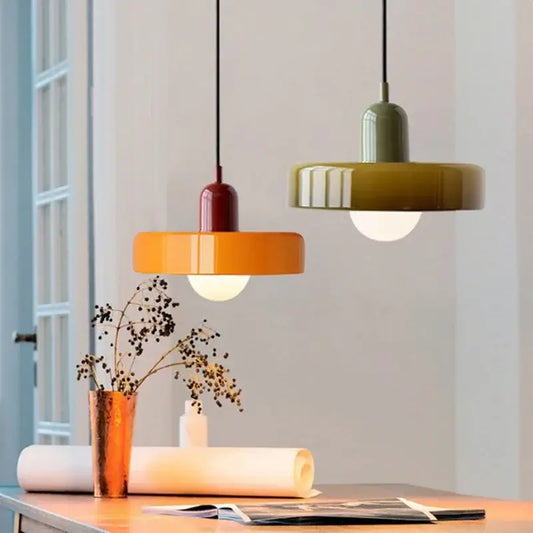Introduction
Open-concept living spaces have revolutionized modern home design, offering a seamless and spacious environment where different areas of the house blend harmoniously. However, optimizing these open spaces for both aesthetics and functionality requires careful consideration and strategic planning. In this comprehensive guide, we will explore various strategies and data-backed insights to help you make the most of your open-concept living spaces, creating an environment that is not only visually appealing but also highly functional.
1. Thoughtful Space Planning
When it comes to open-concept living spaces, thoughtful space planning is the foundation for a successful design. Start by identifying the different functional zones within the open area, such as the living room, dining area, and kitchen. Consider the flow of movement and ensure there is adequate space for each activity. This can be achieved by strategically placing furniture, creating natural pathways, and optimizing the overall layout.
2. Cohesive Interior Design
Creating a cohesive interior design is crucial in open-concept living spaces as it helps tie different areas together and creates a harmonious visual flow. Start by selecting a unifying color palette that complements your personal style. Carry this color scheme throughout the space using furniture, decor, and accessories. Additionally, consider using consistent flooring materials or rugs to create a sense of continuity.
3. Strategic Furniture Placement
Furniture placement plays a vital role in optimizing both aesthetics and functionality in open-concept living spaces. Start by defining the different functional zones using furniture arrangements. For example, use a sofa or a bookshelf to create a boundary between the living room and dining area. Additionally, consider incorporating multi-purpose furniture, such as ottomans with hidden storage or coffee tables with built-in shelves, to maximize functionality without compromising on style.
4. Clever Storage Solutions
One common challenge in open-concept living spaces is the lack of enclosed storage areas. To maintain a clutter-free environment and ensure optimal functionality, incorporate clever storage solutions. Utilize built-in shelving, wall-mounted cabinets, and hidden storage compartments to keep essential items neatly organized. Consider utilizing vertical wall space or under-stair storage options to maximize storage capacity without sacrificing floor space.
5. Lighting and Ambiance
Lighting is a crucial element in optimizing open-concept living spaces. Incorporate a combination of natural and artificial lighting sources to create a warm and inviting ambiance. Utilize large windows or skylights to maximize natural light during the day. For the evenings, use a combination of recessed lighting, pendant lights, and floor lamps to create layers of light and highlight different areas. Consider installing dimmer switches to adjust the lighting intensity and create different moods based on the occasion.
6. Incorporating Greenery
Bringing nature indoors is an excellent way to enhance the aesthetics and ambiance of open-concept living spaces. Incorporate indoor plants to add a touch of greenery and freshness to your space. Choose plants that thrive indoors and place them strategically to create focal points or divide different areas. Not only do indoor plants improve air quality, but they also create a calming and inviting atmosphere.
7. Privacy with Partitioning
While open-concept living spaces promote a sense of togetherness and connectivity, there may be times when privacy is desired. Incorporating partitioning elements can provide the flexibility to maintain the open feel when desired and create privacy when needed. Consider options such as sliding doors, folding screens, or room dividers to create separate zones within the open space. These versatile solutions allow you to enjoy the benefits of an open-concept layout while providing privacy for specific activities or personal space.
8. Incorporating Technology
Incorporating smart home technology can further enhance the functionality and convenience of open-concept living spaces. Consider integrating features such as automated lighting systems, voice-controlled assistants, and smart thermostats to streamline daily activities and create a more comfortable living environment. Smart appliances and entertainment systems can also contribute to a seamless and efficient living experience.
9. Flexibility and Adaptability
Open-concept living spaces offer the opportunity for flexibility and adaptability as your needs and preferences change over time. Consider incorporating modular furniture that can be easily rearranged to accommodate different activities or gatherings. This allows you to transform the space to suit specific occasions or adapt to evolving lifestyle requirements.
10. Balancing Acoustics
One potential downside of open-concept living spaces is the lack of acoustic privacy. To address this, incorporate elements that help balance acoustics. Consider using area rugs, curtains, or acoustic panels on walls to absorb sound and reduce echo. This can significantly improve the comfort and functionality of the space, especially in larger open areas.
11. Incorporating Natural Elements
Integrating natural elements into your open-concept living space can create a sense of tranquility and connection with the outdoors. Incorporate materials such as wood, stone, or natural fibers in your furniture, flooring, or decor. This not only adds visual interest but also brings a calming and earthy vibe to the space.
12. Maximizing Natural Views
If your open-concept living space offers access to beautiful views, make the most of them. Arrange your furniture in a way that allows you to enjoy the scenery. Consider installing larger windows or glass doors to maximize the natural light and create a seamless transition between indoor and outdoor living.
13. Considering Ergonomics
Ergonomics plays a crucial role in creating a functional and comfortable living space. Choose furniture that is not only aesthetically pleasing but also supportive and comfortable. Consider the height, depth, and cushioning of seating options to ensure optimal comfort for extended periods. Additionally, pay attention to the placement of commonly used items and appliances to minimize physical strain and enhance usability.
14. Embracing Minimalism
Open-concept living spaces tend to thrive in a minimalist design approach. Embrace simplicity and declutter your space to allow the architecture and key design elements to shine. Keep only essential items and adopt a minimalist mindset when it comes to decor. This will create a clean, uncluttered, and visually appealing environment.
Open-concept living spaces offer endless possibilities for creating a visually stunning and highly functional home environment. By implementing thoughtful space planning, cohesive interior design, strategic furniture placement, clever storage solutions, appropriate lighting, greenery, privacy options, incorporating technology, embracing flexibility, balancing acoustics, incorporating natural elements, maximizing natural views, considering ergonomics, and embracing minimalism, you can optimize your open-concept living space to achieve both aesthetics and functionality. Embrace the open space and transform your house into a better living experience that caters to your unique needs and style.





